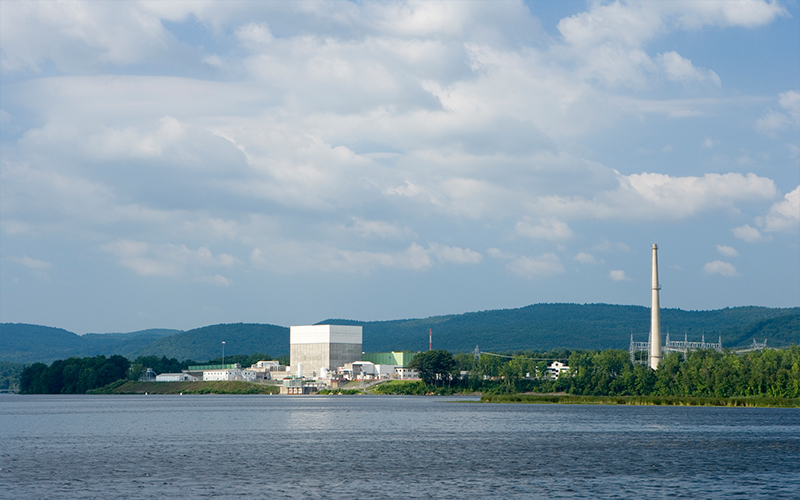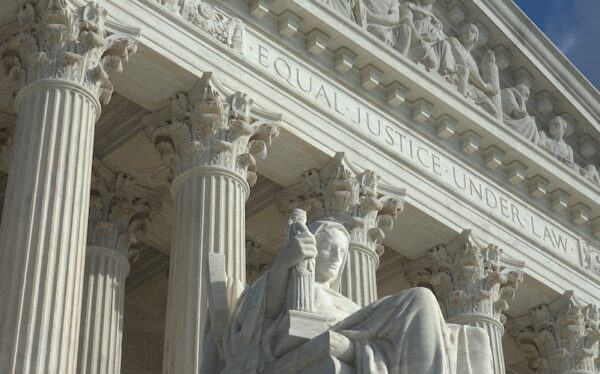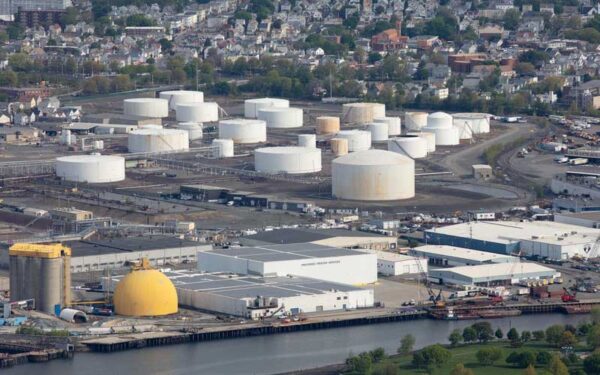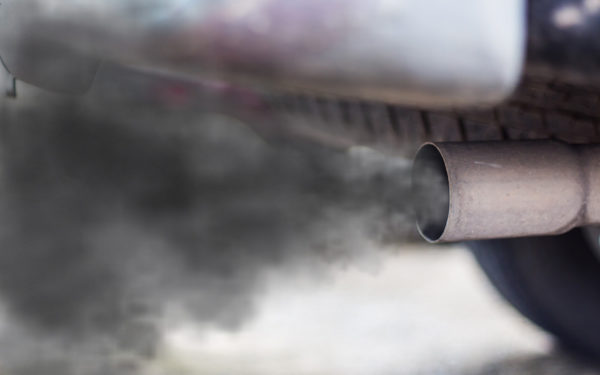
Photo via United States Nuclear Regulatory Commission
In testimony submitted today, Conservation Law Foundation showed shortcomings in the proposed plan to transfer the shuttered Vermont Yankee Nuclear Power facility from Entergy, its current owner, to Northstar.
Cleaning up is messy business. And especially so for nuclear power plants. The closed Vermont Yankee Nuclear facility sits idle on the banks of the Connecticut River in southern Vermont. It closed in 2014 after a troubled history of leaks, poor management, and providing false information about the facility (for instance, saying there were no underground pipes, when later those “non-existent” pipes were found to be the source of leaks). Entergy now seeks to transfer everything to a new owner, Northstar.
Northstar claims it will clean up the site better, faster, and more cheaply than Entergy’s current plan, which extends over more than 60 years. This should be good news. But, in my experience – especially when it comes to Vermont Yankee – if something seems too good to be true, it probably is.
As explained in our detailed testimony, CLF sees serious shortcomings in the proposed cleanup plan. The public has a huge stake in making sure the Vermont Yankee facility gets cleaned up well — leaving a toxic mess for generations is not an option.
Ultimately, Northstar lacks sound financial support to get the job done, and there is a disturbing lack of public information supporting the plan.
Key shortcomings CLF has identified include:
- Entergy should not be off the hook. Completely releasing Entegy from responsibility for the mess they created at Vermont Yankee is unprecedented and shouldn’t start now. When contaminated sites are transferred, the owner remains responsible and liable. If Northstar’s proposed plan is so good, Entergy should be willing to assume some of the risk, and not leave the public to pay for clean-up if things go wrong.
- Too much secrecy. There is an alarming lack of transparency for a project of this scale — and for one with potentially disastrous consequences if things go wrong. The contract and supporting information should not be secret. What are Entergy and Northstar hiding? Typically, the public has access to all of the clean-up information and plans. This should also be the case for Vermont Yankee.
- Lack of incentives to do the job well. The transfer plan fails to identify clear “carrots” and “sticks” that are common in similar hand offs. As the new owner, Northstar should have the opportunity to make a profit, but it should also be responsible for doing the job well and on time. That information is missing from the transfer plans that have been made public, and there’s just too much at stake if something goes wrong to not include it.
- Lack of sufficient insurance and other financial guarantees. Things don’t always go as planned. The people of Vermont need strong insurance or guarantees in place to cover cost overruns or the burden of cleaning up additional pollution. These guarantees should protect the public — not just the plant’s new owner.
- No transparent oversight. Regulators, the public and affected towns should have access to information on the progress of the work throughout the entire clean-up. The public should know the job is being done well. Hiding behind secrecy fosters distrust.
These recommendations are common, and have been proven effective, when contaminated sites are transferred for cleanup. They should be in place for Vermont Yankee as well. There is no room to gamble with the environmental and financial wellbeing of Vermont when it comes to cleaning up what remains of the Vermont Yankee nuclear plant.



